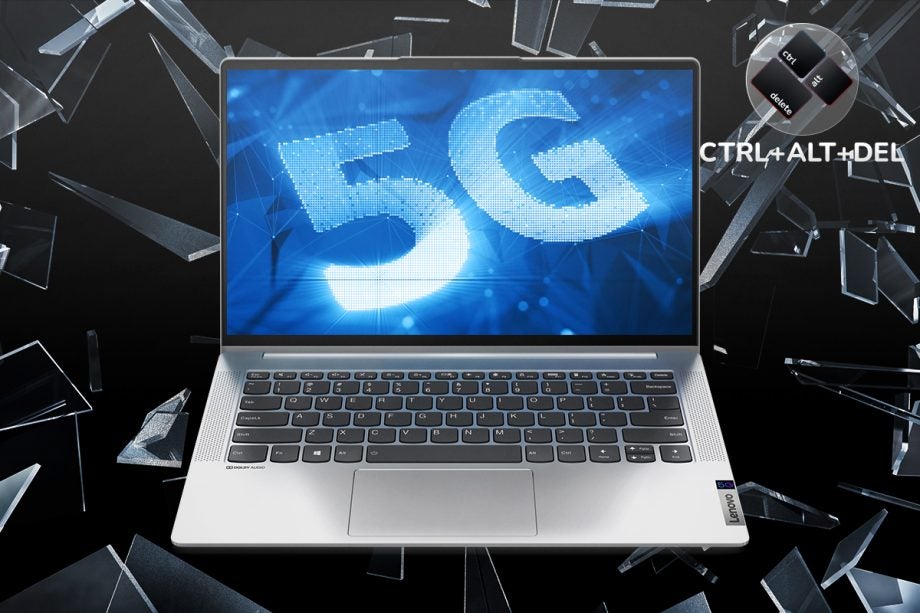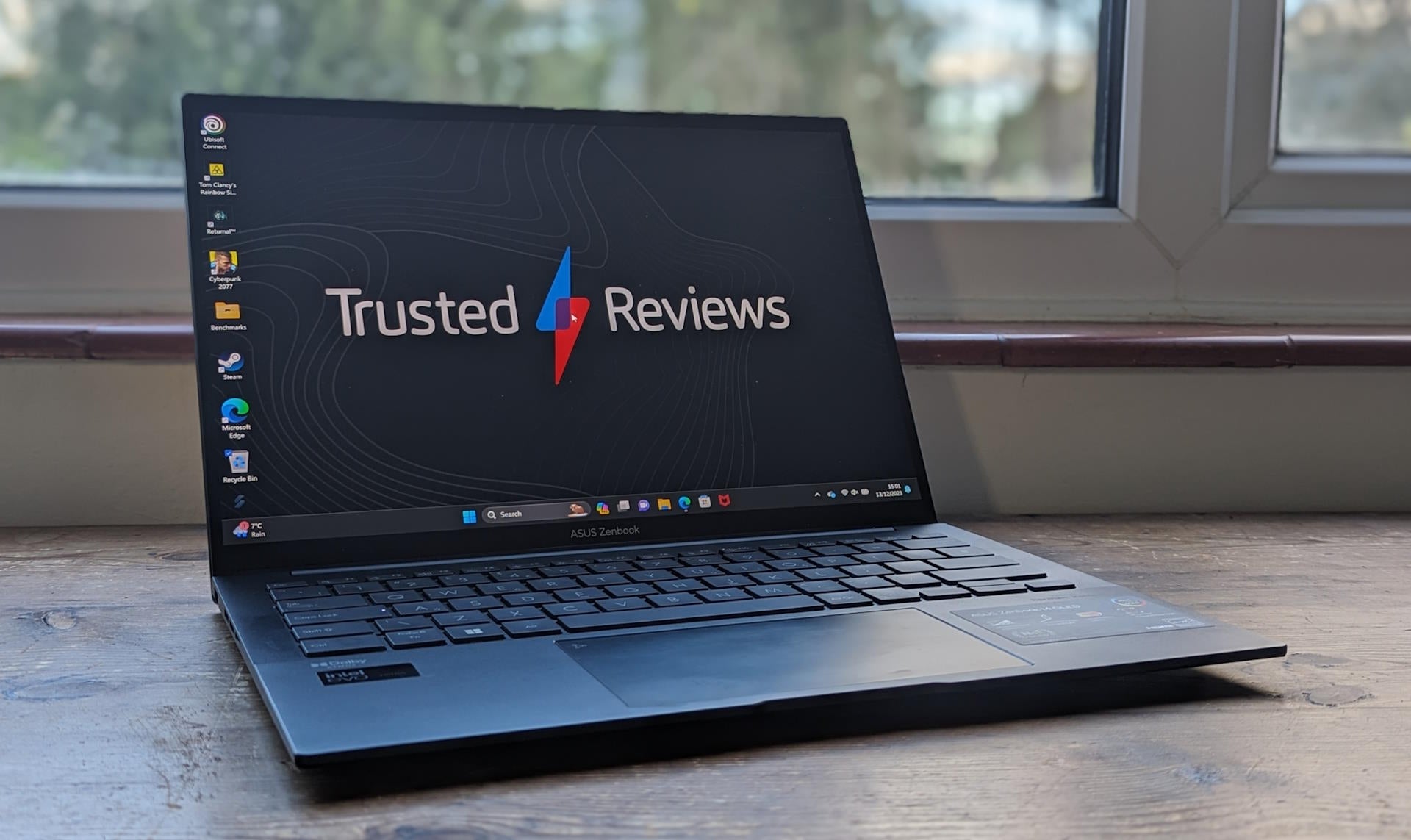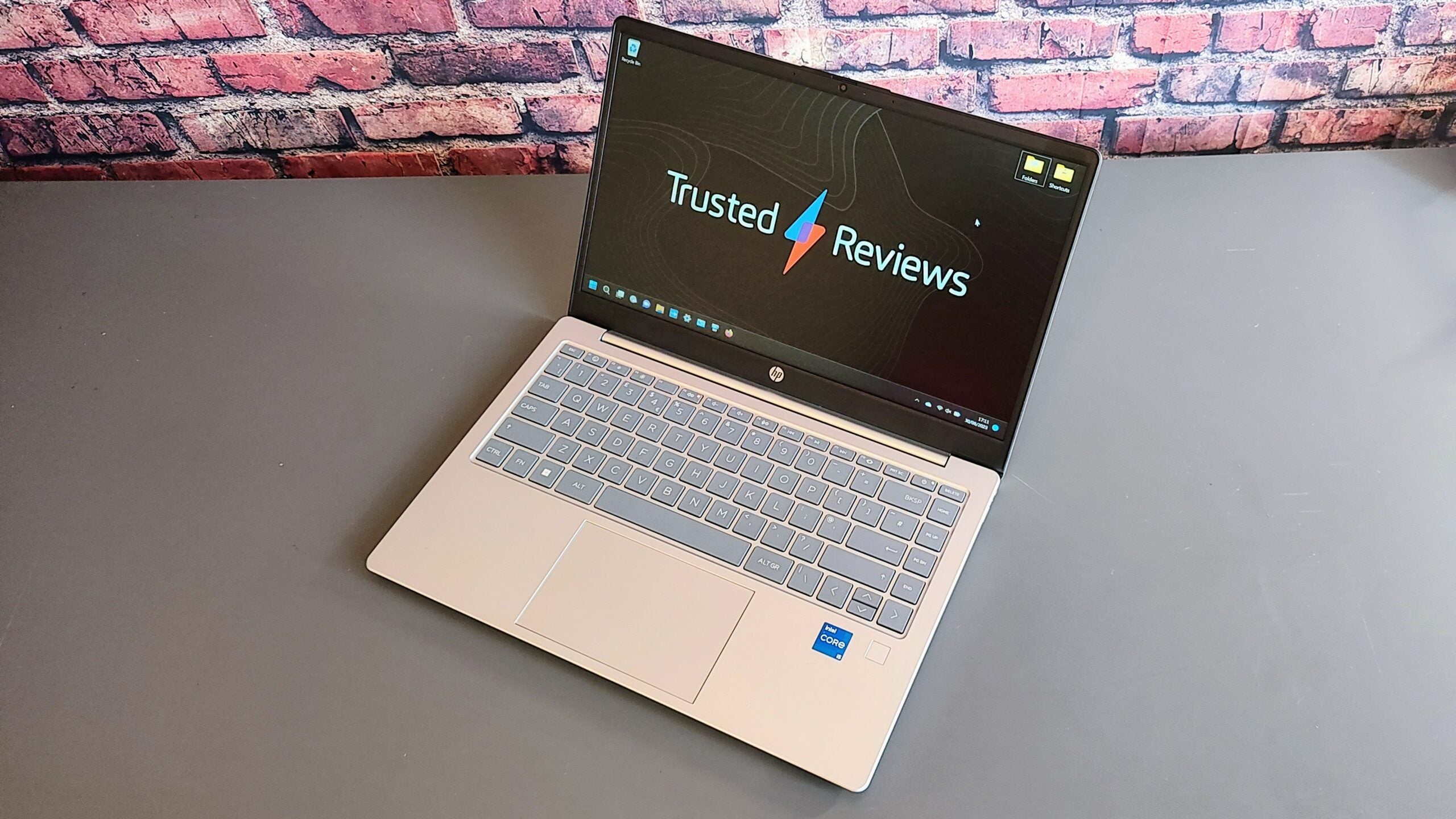Ctrl+Alt+Delete: You shouldn’t buy a 5G laptop right now

One of the most exciting developments in the computing world for 2021 is the emergence of the 5G laptops.
The likes of the Lenovo IdeaPad 5G offer on-the-go connectivity so you can keep ono working beyond the reach of your Wi-Fi router.
On paper, I’m excited by the prospect of 5G laptops. There have been a few times where I’ve been trying to finish off some work in a hotel, only to be thwarted by sluggish Wi-Fi speeds. It would also make working in a café far more appealing.
But in practise, I personally think it’s far too early to be considering a 5G laptop due to a number of major issues.
The first obstacle is the price. Lenovo is currently only offering the IdeaPad 5G as part of a contract through EE. This means you have to sign up to a new 5G contract rather than being able to buy the laptop outright use the SIM card in your smartphone.

This wouldn’t be a major issue if the contract prices were reasonable, as I quite like the idea of spreading out the cost of a laptop as you do with a smartphone. However, EE is offering the Lenovo IdeaPad to existing customers on a 24-month contract for £90 per month and a £50 upfront fee. Some quick maths shows the total cost to be a whopping £2210, which is extortionate for a laptop with these mid-range specs.
To make matters worse, you only get 2GB of data per month with this plan. According to 5G.co.uk, that equates to just 20 hours of web browsing or 2 hours of streaming video. But with 5G speeds, you ideally want to use it for more intensive tasks such as streaming games with the likes of Google Stadia. However, that’s simply not possible on a 2GB plan, as Google claims one hour of streaming games at 1080p will use up 12.6GB of data.
I’m sure EE will offer more generous data caps in the future, like O2 does with the Lenovo IdeaPad 4G, but that will only hike up the monthly cost.
My second major concern is that there aren’t enough use cases for a 5G laptop to justify a separate contract. For the majority of time, you’ll likely be working at home and work within reach of a Wi-Fi network. 5G support would of course offer welcome flexibility, but it’s hardly as important as it is with your more portable smartphone.

The solution to this would be to offer multi-device 5G contracts, so you could just add your 5G laptop to your smartphone plan. Apple does something similar with its Apple Watch, which has a built-in eSIM that allows you to activate 4G connectivity by linking it to your iPhone contract. You are charged £5 per month (on O2) to add the Apple Watch to your smartphone’s data plan, but I reckon that’s a reasonable price.
I’d personally be far more inclined to buy a 5G laptop if I could just add it to my phone plan and not have to worry about the cost and logistics of a second SIM card. In fact, I just don’t see how 5G laptops can be a viable option without this solution.
And then there’s a third problem: coverage. You can currently only get a 5G connection in major cities and towns in the UK right now, and even then coverage is patchy.
If I hop on a train or go to North Wales for the weekend, it’s almost guaranteed that I’m not going to attain 5G speeds. These are also the locations I’ll most likely want to use a 5G connection, as you can easily find a Wi-Fi hotspot in most cities.

Don’t get me wrong, I’m still excited about 5G laptops and do believe they will be very useful in the future. But for now, there are far too many limitations to make it a worthwhile option.
We’ll be reviewing the Lenovo IdeaPad 5G in the coming weeks to get a better look at 5G laptops, so keep an eye on Trusted Reviews for more impressions on the subject.
Ctrl+Alt+Delete is our weekly computing-focussed opinion column where we delve deeper into the world of computers, laptops, components, peripherals and more. Find it on Trusted Reviews every Saturday afternoon.





